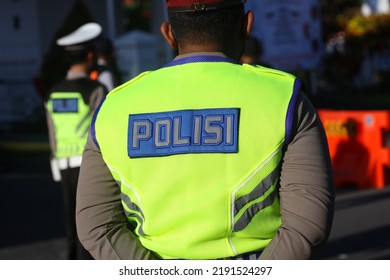In recent years, Crime News has become an indispensable part of the modern media landscape. The stories range from minor offenses to shocking criminal enterprises, revealing the stark realities of a world often hidden from everyday view. As the public craves constant updates on lawlessness, the media has turned its spotlight toward criminal activities that expose the vulnerabilities of our social fabric. This focus has not only kept society informed but has also shaped how justice is pursued, with law enforcement and public opinion closely tied to the media’s portrayal of offenders and their misdeeds.
Reporting on Crime News delves into far more than just the incident itself. It probes the social, economic, and psychological dimensions that give rise to deviant behavior. The narratives built around these events often reflect deeper societal issues, such as poverty, inequality, and systemic corruption. Understanding crime as a product of broader circumstances rather than isolated actions helps provide a more comprehensive picture of its root causes. However, the sensationalism associated with certain reports can distort reality, turning complex problems into entertainment.
The Role of Media in Shaping Perception
The way the media chooses to report on criminal activity significantly influences public perception. Stories about violence and corruption, when highlighted repeatedly, create a climate of fear and uncertainty. As individuals are bombarded with tales of misconduct through Crime News, they may begin to view society as inherently unsafe. This anxiety can lead to a demand for harsher laws and increased policing, regardless of whether crime rates are actually rising.
On the other hand, Crime News also has the power to promote justice and transparency. By holding institutions accountable and ensuring that the public remains informed, it can bring attention to issues that might otherwise be ignored. Investigative journalism has played a crucial role in exposing wrongdoings, particularly in cases where authorities have failed to act.
The Intersection of Crime and Society
Crime, in many respects, mirrors the imbalances within society. In urban centers where economic opportunities are scarce, youth often find themselves drawn into illegal activities as a means of survival. Marginalized communities, cut off from the benefits of societal progress, are more likely to experience higher crime rates. These areas are frequently portrayed in Crime News as hubs of danger, yet the underlying issues of poverty and systemic neglect are often overlooked.
While the media sheds light on the perpetrators of criminal acts, there is also a duty to focus on the structural inequalities that lead individuals down such paths. Comprehensive reporting should address the root causes of societal dysfunction, rather than merely its symptoms. In doing so, it can inform not just the public, but also policymakers who have the power to institute change.
The Ethics of Crime Reporting
There is a fine balance between reporting on crime and respecting the ethical boundaries that protect the rights of individuals involved. Sensationalized Crime News coverage, often driven by the quest for higher ratings, can lead to the demonization of suspects before they are proven guilty. This not only prejudices public opinion but can also interfere with legal proceedings, tainting potential juries and complicating the justice process.
Journalists must navigate the delicate terrain between informing the public and respecting due process. The rush to break a story should not come at the expense of a fair trial or the dignity of those accused. Ethical Crime News reporting requires restraint, accuracy, and a commitment to truth over sensationalism.
Digital Platforms and the Rise of Citizen Journalism
With the rise of digital platforms and social media, crime reporting has undergone a profound transformation. News is now disseminated in real-time, with citizen journalists often being the first to break a story. Videos of criminal acts are uploaded to platforms, spreading instantly across the globe. While this new form of Crime News journalism democratizes information, it also brings challenges.
The accuracy of these reports can sometimes be questionable, and in the rush to share content, context is frequently lost. Furthermore, the lack of editorial oversight means that misinformation or biased perspectives can easily go viral, influencing public opinion in ways that traditional Crime News outlets cannot control. This blurring of lines between professional journalism and user-generated content creates both opportunities and risks for crime reporting.
In Conclusion, The role of Crime News in today’s society is complex and multifaceted. It serves as both a mirror and a magnifying glass, reflecting the darker aspects of human nature while also highlighting broader social issues that demand attention. The media’s portrayal of criminal activity has the power to shape public opinion, influence policy, and affect the course of justice. However, it also carries the responsibility of ensuring that such reporting remains ethical, fair, and free from sensationalism.
As the landscape of Crime News reporting continues to evolve with technological advancements and changing societal norms, it will be crucial for media outlets to balance the public’s need for information with their ethical obligations. Through careful, accurate, and responsible journalism, Crime News can continue to play its vital role in informing society while maintaining the integrity of justice and fairness.

